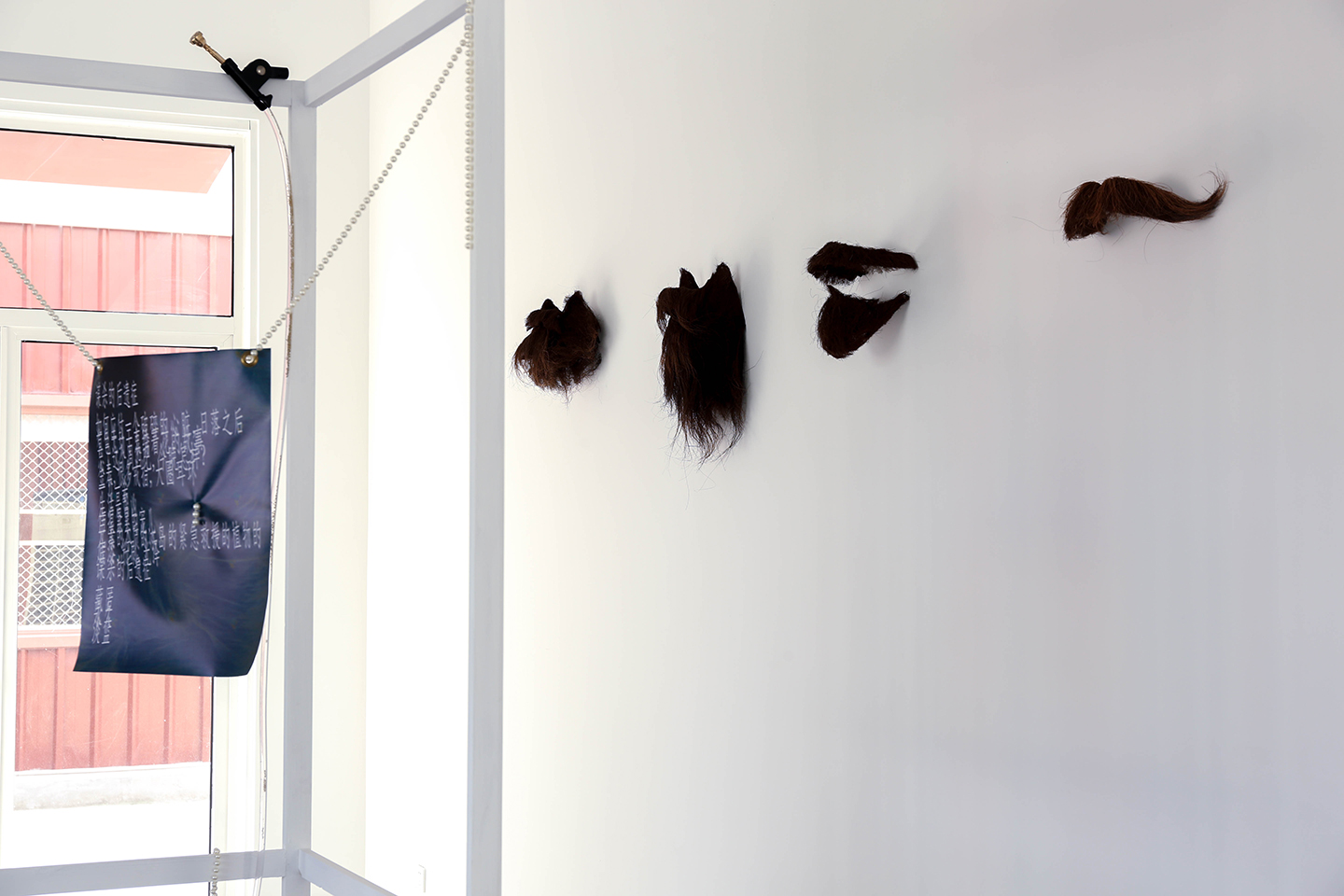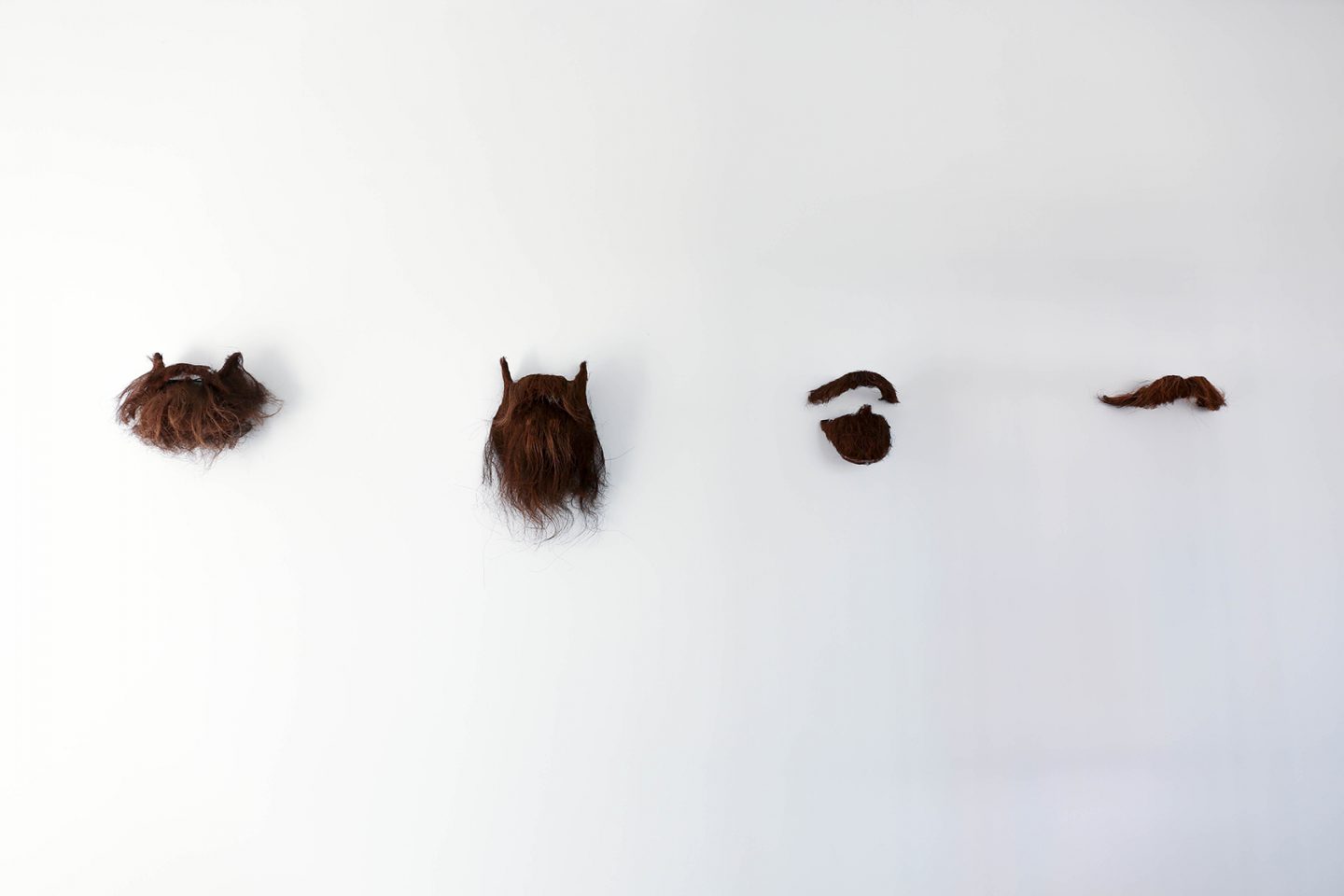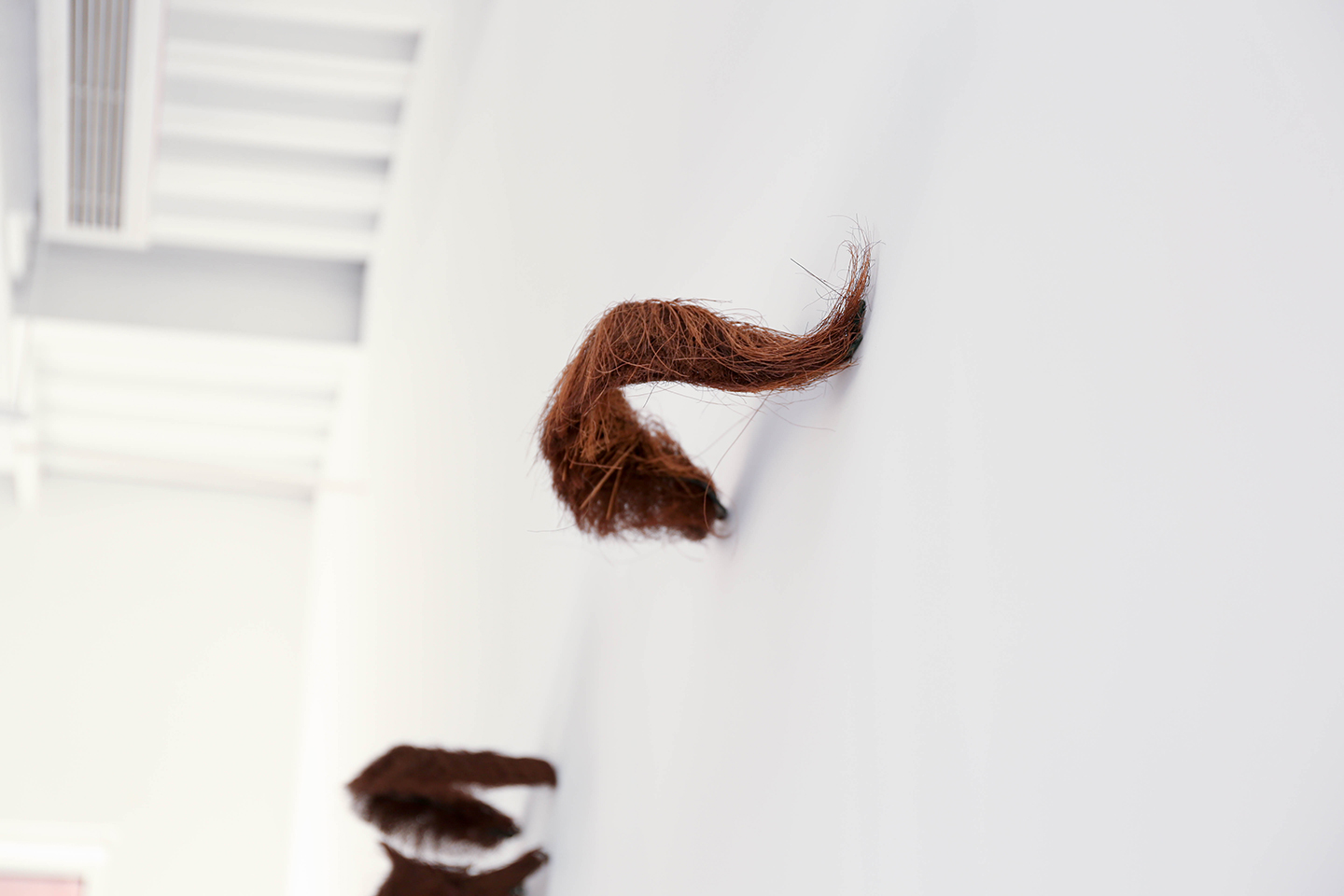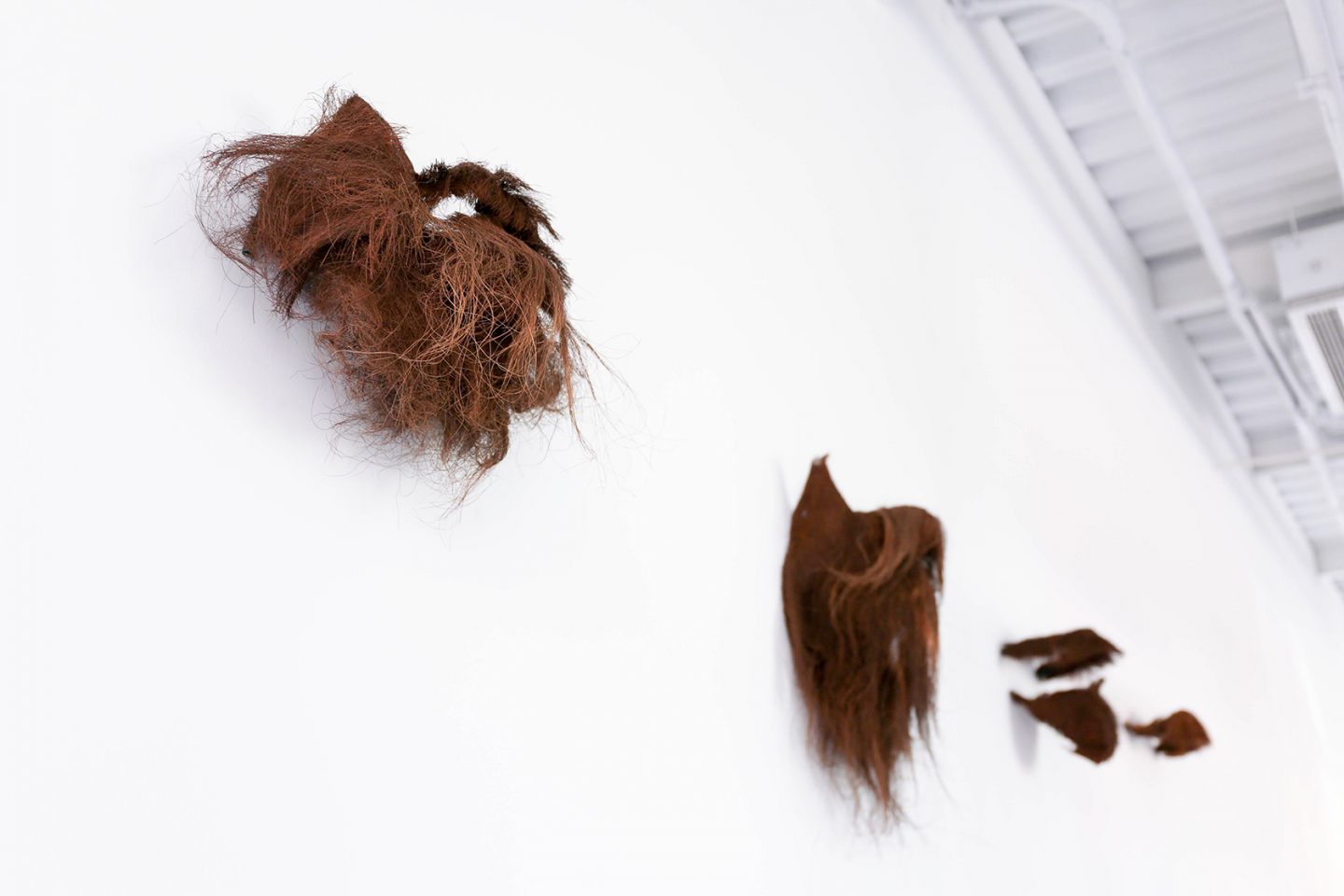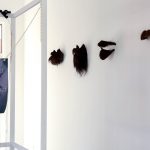
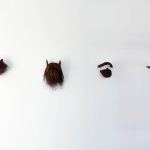


Located in CAMP 3399 in Xuhui District, Shanghai, SSSSTART, a contemporary art project space, kicks off an on-going research exhibition project named BEING INFORMATION, which aims to present a unique perspective through a serious of theme-driven experimental exhibitions.
Documenta, born in 1955 in Kassel, Germany, can be regarded as one of the most important origins where we began to talk about the issue of “art archive”. The significance of art archive in art system is reflected in many aspects. Firstly, as a carrier of art, archive liberates art from the conventional aesthetics, implying its vanguard character. The success of Documenta, on the other hand, meets the cultural and political needs of post-war Germany (and even the divided Europe) back to the world stage. Moreover, contemporary artists are now faced with the demand of the archival documentation of the artworks. As the academic art system very often uses “archives” as a way of reading and understanding (for example many institutions such as art museum, and curators of various biennale), whether the artists are sensitive to their surroundings, and whether they are disciplined or self-disciplined according to the surroundings and amend their artworks into “archives”. In fact, the form of art has gone through some major changes along its history, which are all strongly related to the changes of the way of how art system processes.
There had been many discussion over the proposition of “art archive” in the last century. Now, using “archive” is rather a “norm” that has been accepted than something worth questioning. Although the way these archives are compiled is still very much questionable, a brand new world is revealed to us: the explosion of data, the acceleration of communication, the expansion of information sources caused by globalization, the enhancement of document editing capability made possible by modern computers, re-coding is more and more easy, plural and fast”, the continuous acceleration of the enhancement of data editing capability scatters the old problems into shreds and throw them into air, becoming “information”.
Information becomes the power system of our time, growing rapidly and difficult to judge. And there is no neutral information. By unlocking of “medium as information”, Nietsche’s “will to power” and Foucault’s “knowledge-power”, artists demonstrate how to transform art-making as a new tool of information-processing, in other words, as a way to become information. Information might become the new vehicle of art? And becomes one of the new “historical problem”. What’s the medium of it, and how does it encode and de-code itself? How can we use information, a new art and political language, to return to the world? Is the new art consumption a kind of information? Is art work a form of information in this fragmented age? The value of artist’s work lies in its ability to demonstrate that art is a skill to cope with difficulties in real life. Thus, it is the artist’s responsibility to show how to solve these problems. The new form of relationship between human and information has been established, then how shall we live, love and howl? How shall we play or fight? And how shall we re-construct ourselves?
